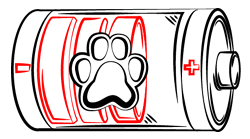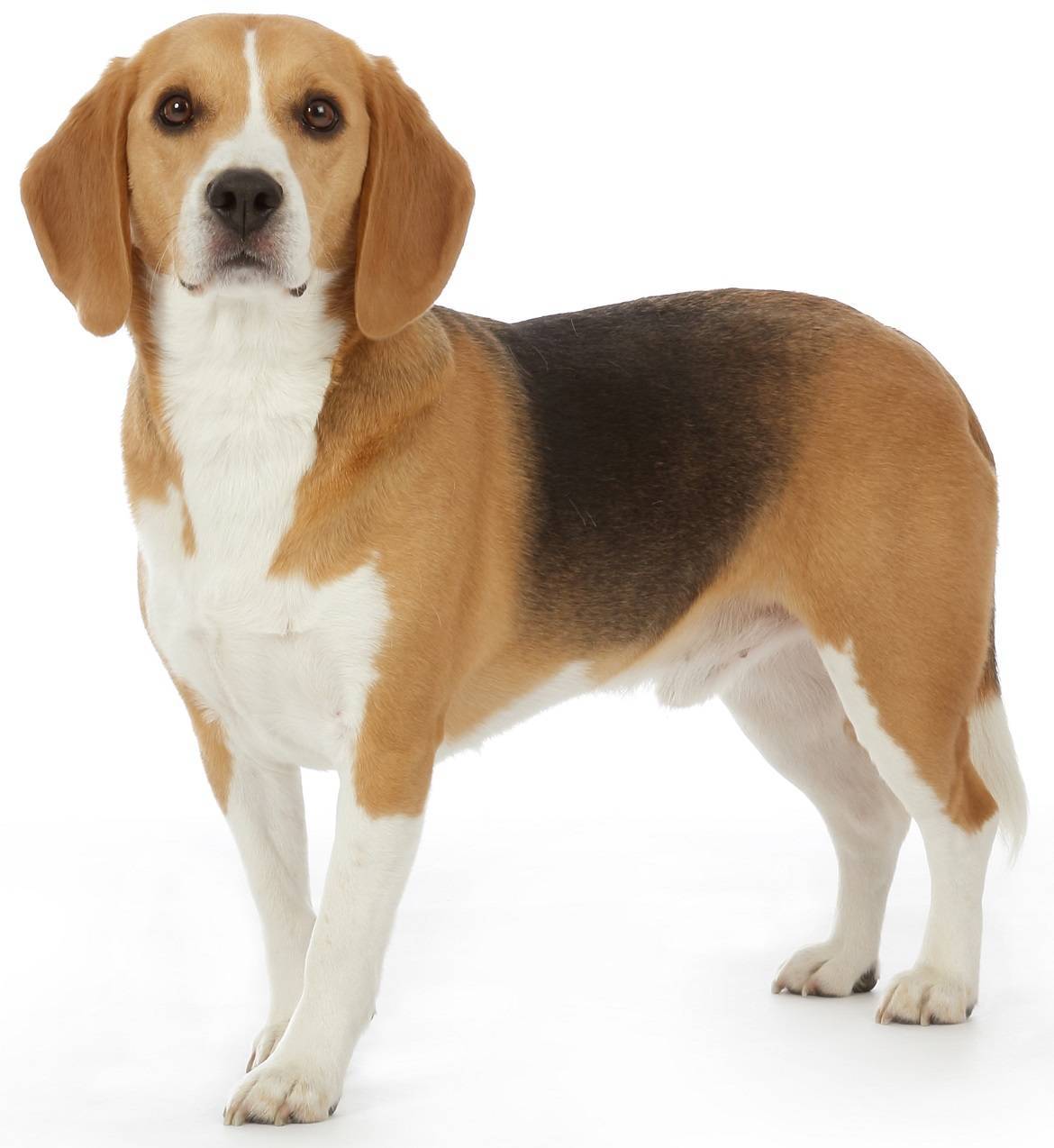
Paws ‘N’ Pups Quickview
Size
| Energy Level
| Trainability
| Paws ‘N’ Pups Rank
|
Characteristics
| Physical Characteristics: Height: 10-16” Weight: 15-30 lbs. Energy Level: Moderate – High | The American Kennel Club recognizes the Beagle in the following colors:
|
| Health & Longevity: 12-15 years Breeders screen for the following conditions:
Beagles are also known to suffer from epilepsy, dwarfism, “Chinese Beagle Syndrome”, and funny puppy syndrome, where puppies are slow to grow and eventually develop weak legs and a crooked back. Sometimes healthy, other times these pups can be prone to health problems. IVDD (Intervertebral Disc Disease), a disease in which a disc develops a problem and the material inside escapes into the spinal column, ultimately causing pain, nerve damage, and partial or complete paralysis. Allergies, ear infections and Demodectic mange are also seen. Deafness is a possibility for dogs with a lot of white on their heads. Other common ear issues include excess wax or yeast buildup in the canals. This can be treated with ear solution products. | |
Temperament & Train-ability
A small sturdy hound with a soulful expression, Beagles are a popular pet for their good nature, playful personalities and easy size. It must be remembered that, despite their cute good looks, Beagles are true hunting scent hounds. The drive to sniff and chase is hardwired, and cannot be trained out of them. The good news is that there are many ways of putting their sniffers to good use; they successfully compete in field trials, nosework, barn hunt, and many earn their keep working in airports and border checkpoints sniffing out contraband. Beagles need more exercise than they sometimes get as house pets, which can lead to a tendency toward obesity. This should be avoided as it puts your Beagle at a much greater risk of many health problems. Providing sufficient exercise will not only keep your Beagle at a healthy weight, but possibly save your belongings from the teeth of an under-exercised hound. You won’t need to run them for miles, but it’s likely to take more than a neighborhood stroll to satisfy them. They must be kept on leash or in a secure yard; Beagles are guided through life by their nose, and will faithfully follow wherever a good scent takes them. Skilled escape artists, Beagles are known to climb and dig their way out of yards to wander if left alone for long periods.
Beagles make good family dogs; they usually enjoy children, and being bred to hunt in packs, they generally get along well with other dogs. Typically super social to family and strangers alike, don’t count on your Beagle to be a great watchdog. That doesn’t mean they’re quiet; noise is the most common reason they are given up. A commitment to keeping them busy and part of the family will reduce the likelihood of recreational barking and baying. A lonely, bored Beagle in a yard is likely to be destructive, dig craters and be very noisy. Despite their sociability, Beagles aren’t a good choice for apartments or condos. Hounds can be quite clever at opening cabinet doors and getting into trashcans; giving them food dispensers and chew toys will provide them with an outlet for mental stimulation.
A fun and active companion, Beagles can have a reputation for being ‘stubborn’. Most hounds are thought of this way, but it has more to do with the method used than their innate personalities. Using positive reinforcement methods will yield an entirely different result than punitive, force-based ones. Beagles are intelligent dogs with decent prey drive, which can be used effectively as a reward. Housetraining can be challenging, so plan on an extended period of careful management; giving your Beagle too much freedom too soon can set housetraining back. Many owners opt for access to a doggy door, which leads out to a fenced dog run or yard.
Grooming
Beagles carry an easy care smooth coat; however, don’t be lulled into thinking you won’t have to deal with dog hair as they shed more than average. Twice a year, in the spring and fall, they will “blow” their entire coat, which results in extra heavy shedding.
Ears must be cleaned regularly, and toenails should be trimmed; even if your Beagle wears their nails down, you will want to maintain the ability to handle their feet, especially useful as they age, when wear to the nails typically slows down. Teeth must also be checked and cleaned regularly. Most Beagles need occasional baths to keep from developing a doggy odor.
Diet
The amount fed will vary depending on age, activity level, and type of food fed; on average, Beagles will eat from ¾ to 1 ½ cups of food per day, which should be fed in two meals. Free feeding should be avoided, as Beagles are very prone to becoming overweight. If your Beagle experiences food-related allergies and sensitivities, some experimentation to find a food your dog can tolerate may be needed. A constant supply of fresh, clean water must always be available.
Looking for a Beagle?
 Find A Beagle Breeder |  Beagle Puppies For Sale |  Adopt A Beagle |
Cost
As with most popular breeds, prices for Beagles have a very wide range, from $700-$2,000; for supposed “teacup” or “pocket” Beagles, expect to pay upwards of $2,000. Because many people purchase dogs on an impulse without realizing what is involved in living and caring for them, breed rescue organizations offer another option, where lovely dogs needing a home can be found; adoption fees vary widely, but are generally in the $200-$500 range.
Paws ‘N’ Pups Ranking
Paws ‘N’ Pups ranks every breed out of 4 with 1 being easiest to integrate into your life and 4 being the toughest – The lower the ranking the better.
Ranking takes into account a few basic factors such as cost, skill level needed, high vs. low maintenance, and how critical regular training is to success. The Beagle rates a 3; despite their perfect size, many owners are unprepared for living with a hound.
Breeds Similar To Beagle
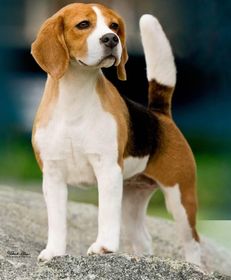 English Foxhound | 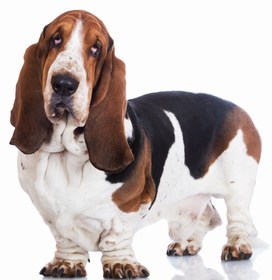 Basset Hound | 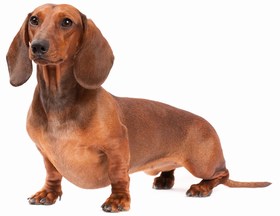 Dachshund |  Whippet |


